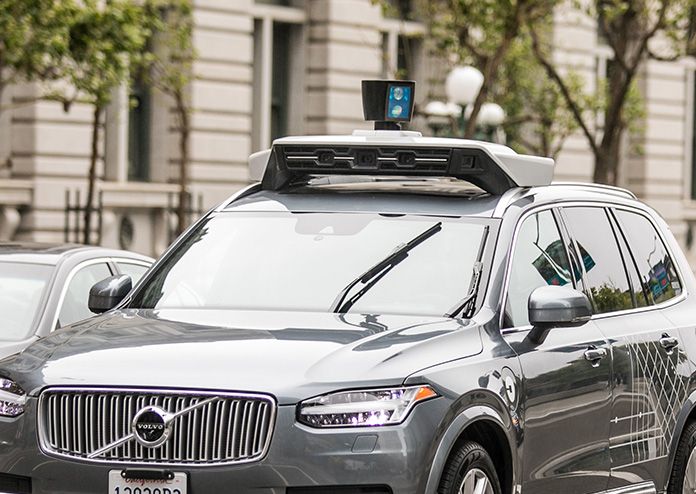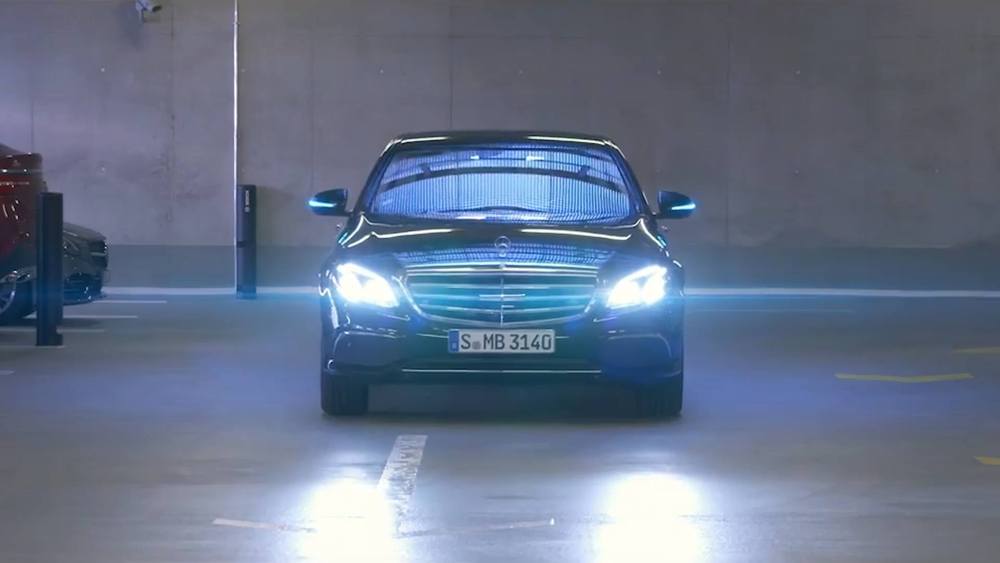You’ll never have to buy gas again witht his human-powered car.
Category: transportation – Page 461
The HumanCar — The Gadget Show #FuelFriday
Polly takes a trip to Oregon USA to meet up with Charles Greenwood and take a spin in his human powered car.
For more fantastic gadget reviews, future tech previews and all your favourite The Gadget Show moments, subscribe to our Official Channel: http://bit.ly/1PVGkoy

A Look At The Emerging Electric Aircraft Sector
The reasons electric aircraft make a lot of sense.
The electric aircraft sector — the number of electric aircraft in development increased by roughly 50% over the past year to 170.
Roland Berger: “All indications suggest that we may be on the cusp of a revolution in the aerospace and aviation industries.”

How Do Self-Driving Cars Work?
Driverless cars seem straight out of the future, but thanks to developments in autonomous vehicle technology, that future could be right around the corner. Similar to the incremental adoption of electric cars — with hybrid models hitting the road first—car manufacturers have been introducing driverless features to conventional vehicles for some time now. Already on the road today we have partially autonomous vehicles, cars and trucks with cruise control, braking assistance and self-parking technology. And industry specialists predict that fully autonomous vehicles could be on the market in a matter of a few years.

Fisker Claims New Solid-State Battery Patents Could Lead to 500-Mile EV Range, 1-Minute Charge Times
The future could be here before we know it. On Monday, Fisker Inc.—the company behind the Tesla Model S-fighting EMotion picture above—announced that it had filed patents for a new type of battery technology that could put electric cars with 500-plus mile ranges and one-minute recharging times on the roads as soon as the year 2024.
While Fisker’s press release was, unsurprisingly, a tad cagey about the details of this potentially paradigm-shattering technology, the company did reveal a few bits about what its new inventions and discoveries could do. Fisker’s new power storage technology, according to the company, would allow it to build solid-state batteries packing far more surface area than existing flat thin-film solid-state electrodes can do, while also allowing for greater conductivity, allowing the batteries to work better in cold weather and charge faster overall. (Low levels of conductivity has been one of the key problems preventing the widespread adoption of solid-state batteries so far, so this could potentially be, as Michael Scott might say, a B.F.D.)
Due to the complexities of bringing the new technology to market, such as developing supply chains for some raw materials and setting up property quality control measures for them, Fisker says the technology isn’t likely to reach cars and trucks until sometime after 2023. Once it does, however, the company claims the batteries—2.5 times more power-dense than their lithium ion equivalents—could lead to electric vehicles capable of recharging in less time than it takes to fill a modern car’s gas tank, then driving more than 500 miles before needing to power up again. Oh, and the carmaker says the batteries would cost about one-third as much as li-ion ones, to boot. (That said, Fisker did mention that there are still plenty of “technical bottlenecks” between where the tech is now and where it needs to be for production use, so don’t get too excited just yet.)

Why an AI pioneer thinks Watson is a “fraud”
The other gaming was that computers don’t really understand words… So you ask, “Who was the sixteenth president of the United States.”? The computer doesn’t know what “sixteenth” and “president of the United States” mean. But it can go and rummage through Wikipedia-like sources and find those words and match them to a president, Abraham Lincoln and come back with “‘Who’ was Abraham Lincoln.”
But then you put anything in that’s like a pun or a joke or a riddle or sarcasm, that you can’t look up in Wikipedia, and computers are helpless. For example, in the first round, one of the final Jeopardy clues was, “Its largest airport is named for a World War II hero; its second largest for a World War II battle.” And the correct answer was “Chicago.” And Watson guessed “Toronto,” apparently because it was confused in the second part of that sentence, what “it” referred to. And that is a common problem with computers. (See: Why did Watson think Toronto was in the U.S.A.?)
Terry Winograd is a computer scientist at Stanford and he thought up this test of computer knowledge. The question is, “What does ‘it’ refer to in this sentence?”
Franky Zapata successfully crosses the English Channel on a hoverboard
French inventor becomes the first person to successfully cross the English Channel on a hoverboard 👏 👏.



US Army Fielding 50 Kilowatt Lasers in 2022 and 300 KW In 2024
The US Army will field 50 kilowatt (kW)-class lasers on a platoon of four Stryker vehicles in 2022. They will support the Maneuver-Short Range Air Defense (M-SHORAD) mission. The directed energy M-SHORAD capability is intended to protect maneuvering Brigade Combat Teams from unmanned aerial systems (UAS), rotary-wing aircraft, and rockets, artillery and mortar (RAM).